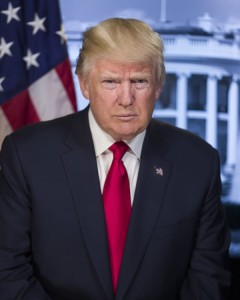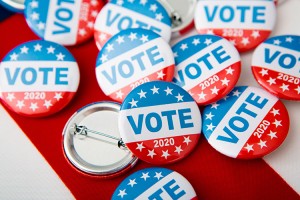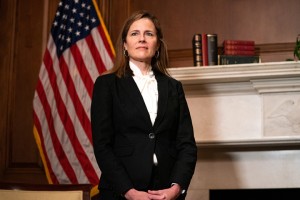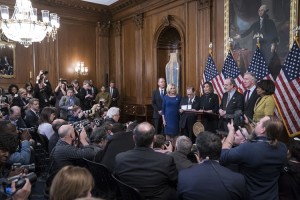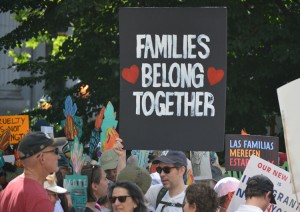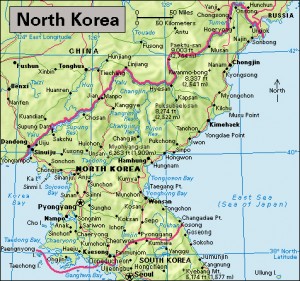Biden Inaugurated as 46th U.S. President
Wednesday, January 20th, 2021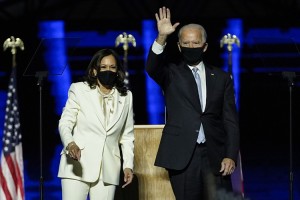
United States President-elect Joe Biden and Vice President-elect Kamala Harris speak in Wilmington, Delaware, on Nov. 7, 2020, after being declared the winners of the presidential election. Both wear masks to help limit the spread of COVID-19.
Credit: © Andrew Harnik, AFP/Getty Images
Joe Biden became the 46th president of the United States on January 20. His inauguration looked different than inaugurations past. Because of the ongoing pandemic (global outbreak) of the coronavirus disease COVID-19, efforts were made to limit the size of crowds and prevent the spread of germs. Gone were the parades and balls. Instead, the country marked the transition of power with virtual parades and televised performances.
As is tradition, the chief justice of the Supreme Court of the United States swore in the incoming president. This year, that honor went to Chief Justice John G. Roberts, Jr. Biden then give his inaugural address and conducted a review of military troops. Celebrities were on hand to help celebrate the occasion. Lady Gaga performed the national anthem, and Jennifer Lopez gave a musical performance.
The events took place on the west front of the United States Capitol—which, only two weeks before, was raided by a violent mob intent on halting Biden’s certification as winner of the presidential election. President Donald Trump, under impeachment for inciting the mob, did not attend the inauguration ceremony, becoming one of only a handful of outgoing presidents to skip the inauguration.
A poem by Amanda Gorman drew particular attention. Gorman, a Black woman, became the youngest poet to read at a presidential inauguration. The poem, titled “The Hill We Climb,” was written for the occasion and referenced the January 6 Capitol attack.
Thousands of military troops and police officers had been stationed at the Capitol—and at state capitols around the country—in anticipation of further violence. Experts had warned of far-right extremist groups’ desire to stage attacks at such locations on or around Inauguration Day. In the weeks leading up to the inauguration, 15,000 troops—more soldiers than in Iraq and Afghanistan—had been stationed in Washington, D.C. The weekend before the inauguration, several groups of armed protesters showed up at the capitols of such states as Ohio, Texas, and Michigan. They were met with military vehicles and police barricades. In the end, however, the inauguration festivities went off without violence.
Another major threat to the United States—COVID-19—led officials to scale down inauguration celebrations. Biden’s inauguration schedule began Tuesday night, with a somber memorial to the 400,000 Americans who have died from the disease, held at the Lincoln Memorial Reflecting Pool on the National Mall. To limit the spread of germs, tickets for the events were not made available to the general public. And, instead of a traditional parade down Pennsylvania Avenue, there was a virtual parade featuring music, poets, and dancers. The parade honored America’s frontline workers (workers likely to encounter COVID-19). In place of balls in honor of the new president, there was a star-studded television event on Wednesday night. Hosted by Tom Hanks, the event featured such entertainers as Demi Lovato, Justin Timberlake, and Kerry Washington. The television event ended a day filled with celebration and patriotism.

